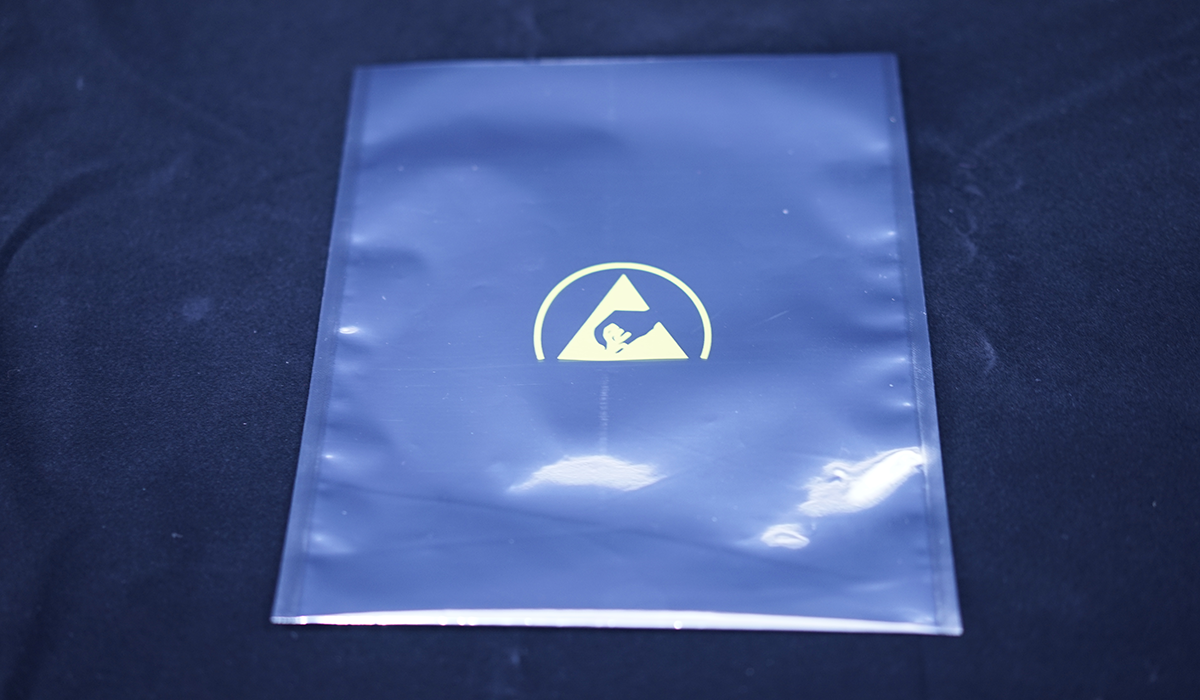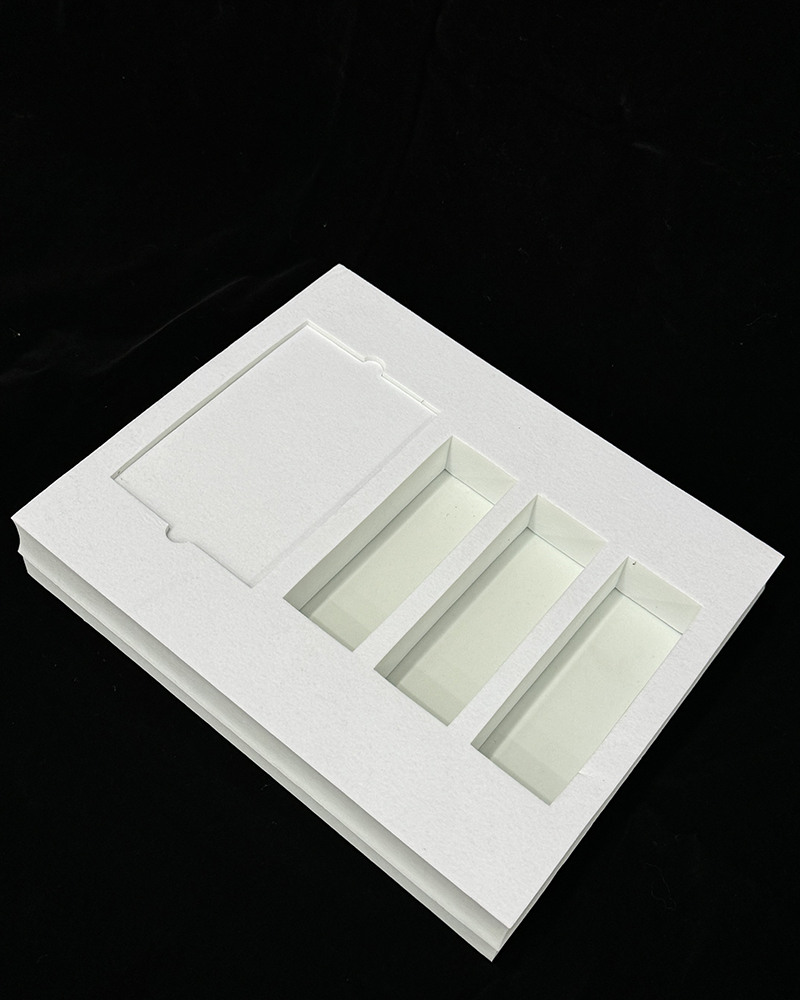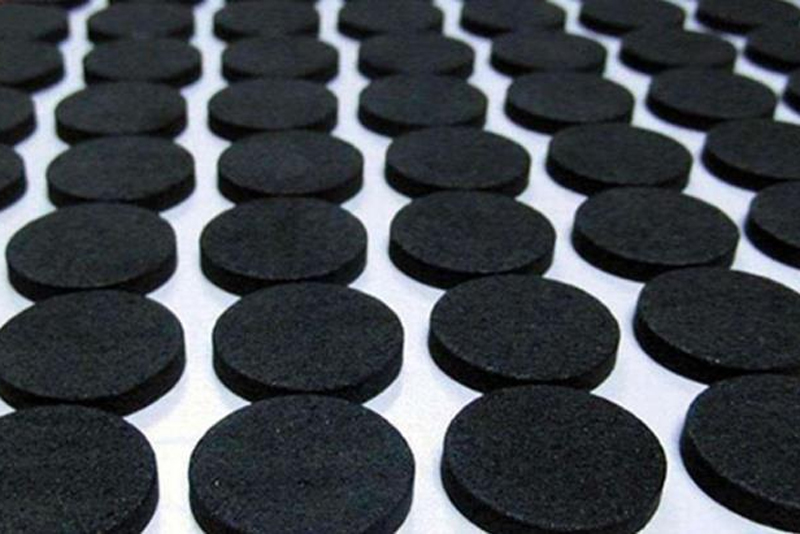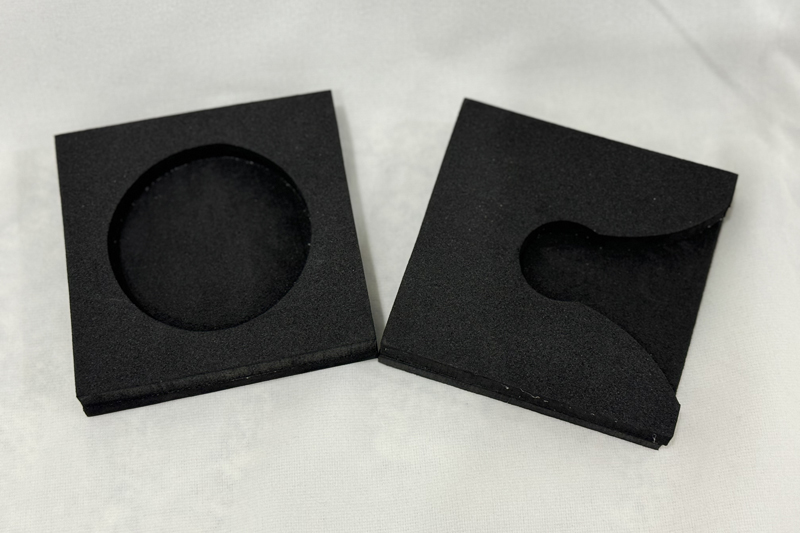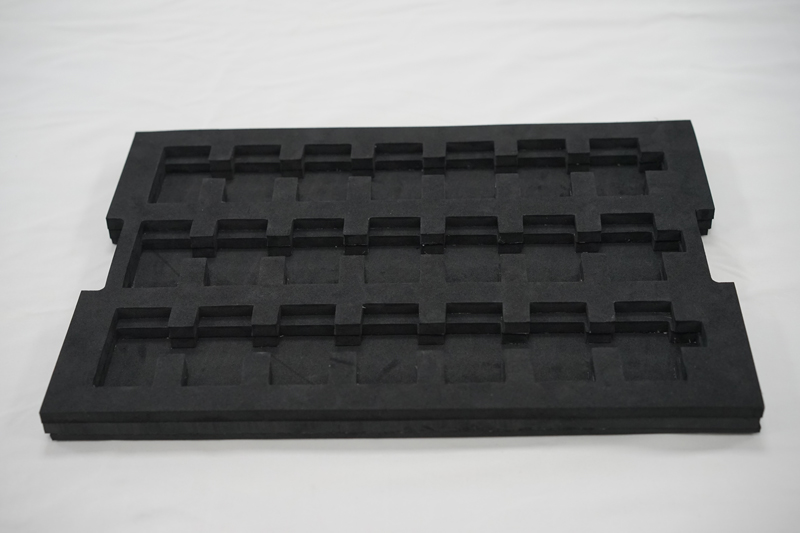Advantages of choosing eva foam packaging
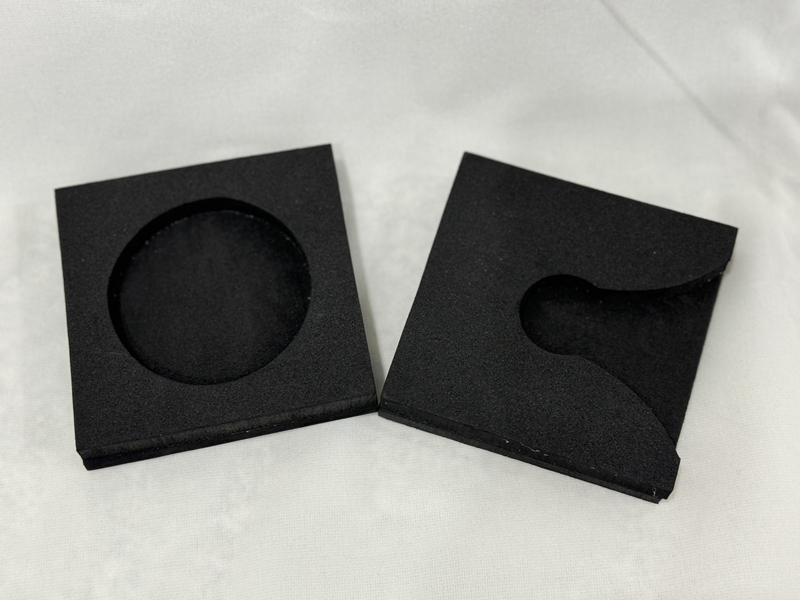
Due to the fine structure of Eva Foam Packaging and the low specific heat capacity of shock-absorbing EVA foam, the material’s surface features numerous cut gaps that act as cooling channels. This allows the surface temperature of EVA foam to drop rapidly, retaining minimal heat. Therefore, insulation measures are necessary for foam boards to prevent rapid temperature loss after removal from ovens or heating plates, ensuring compliance with the thermal forming process’s temperature requirements.
Pre-Treatment for Thermoforming
Before thermoforming, EVA foam must undergo a drying process. Thermoforming requires heating the Eva Material, which can be done using ovens, heating plates, or infrared heaters. The heating duration depends on the board’s thickness (approximately 1 mm/min).
Color Options
Common colors for EVA foam include black and white. Colored EVA materials, categorized as EVA foam rubber products, are available in red, yellow, blue, pink, orange, green, gray, brown, and other custom colors.
Protective Layers and Molding
Protective materials such as cotton cloth or breathable felt can be applied to EVA foam. These layers help maintain the temperature required for forming until the process is complete. For designs with low deflection, molds should be simplified. EVA foam molds do not require high heat resistance; wooden, polyester, epoxy resin, or fiberglass molds are sufficient. Components can be formed using vacuum/non-vacuum rubber molds or female/male molds. To ensure smooth expansion of EVA material within the mold with minimal resistance, protective film edges must feature a large curvature.
Temperature Control
EVA foam cools rapidly, requiring uniform temperature reduction on both sides to prevent rebound and deformation. Once formed components cool below 80°C, they can be removed from the mold.
Applications and Benefits
EVA, also known as EVA foam, can be engineered into flame-retardant, anti-static, high-frequency, or odorless eco-friendly products. It is widely used in packaging for IT, electronics, hardware, machinery, glass products, and precision instruments. EVA foam offers flexibility, lightweight properties, uniform density, and elasticity, making it ideal for cushioning materials to absorb and distribute impact forces. It can also be attached to product surfaces as anti-vibration or anti-friction pads. Additionally, EVA foam provides thermal insulation, moisture resistance, corrosion resistance, and other superior performance characteristics.
This translation maintains technical accuracy while ensuring readability for international audiences. Key terms (e.g., thermoforming, deflection, curvature) align with industry standards. Let me know if further refinements are needed!

